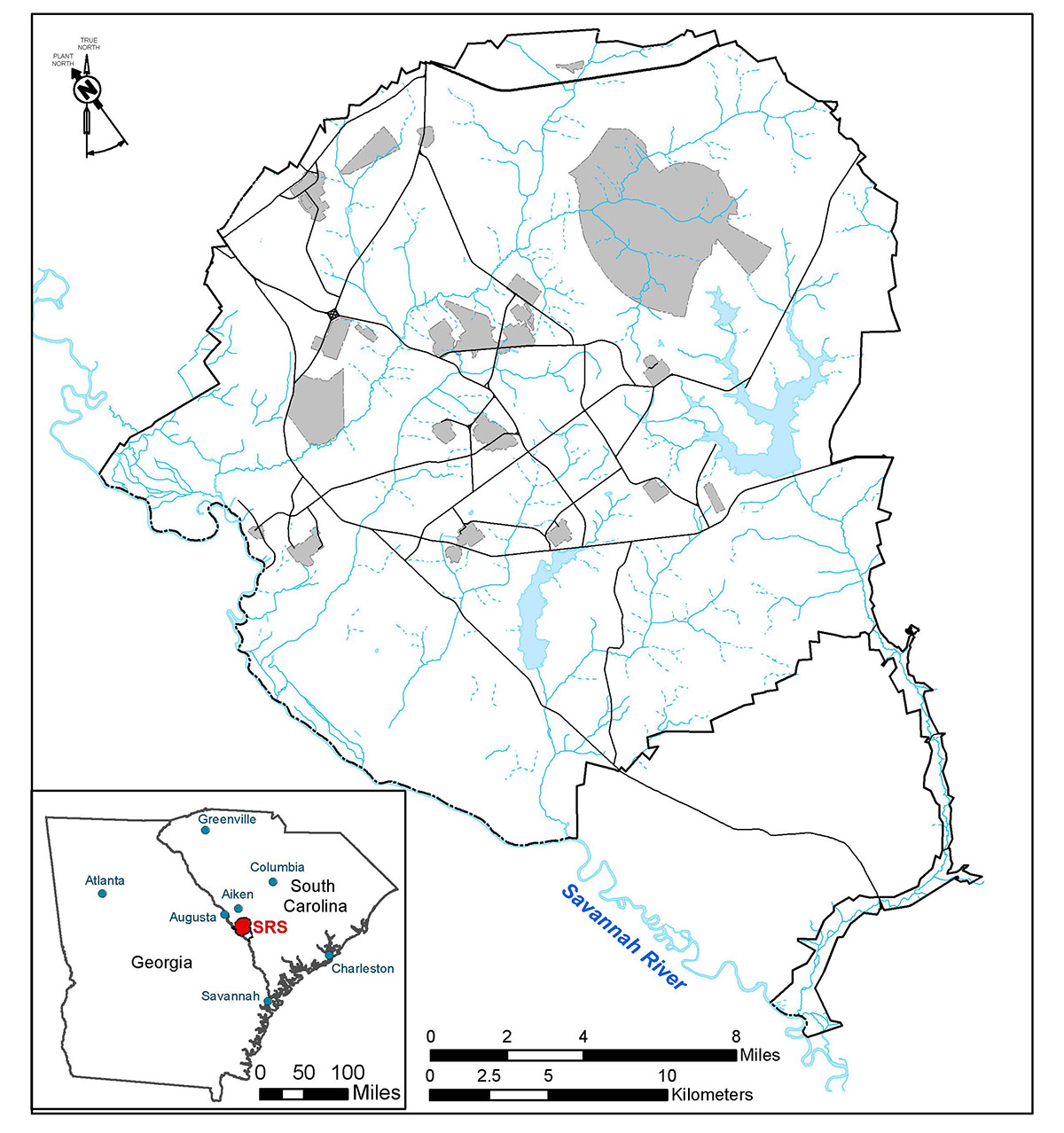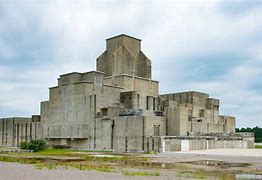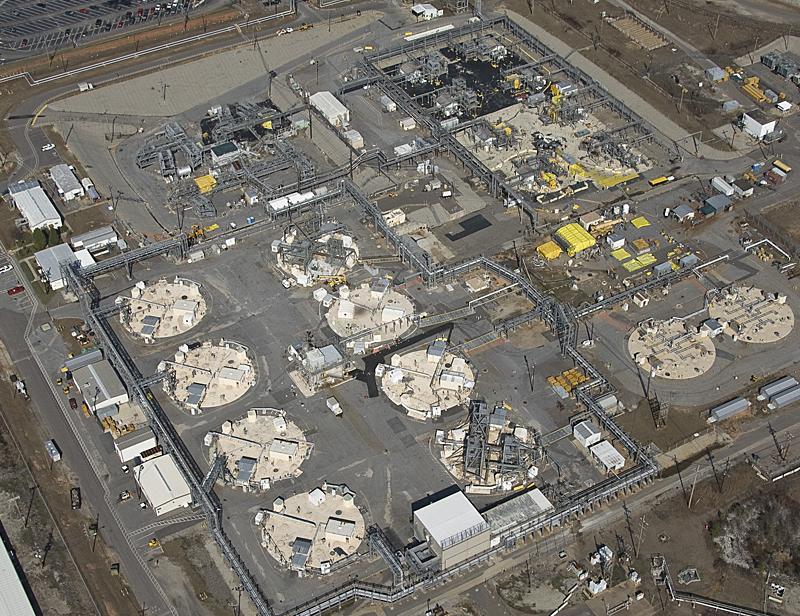To ensure you’re receiving the most up-to-date and accurate information, please choose the correct agency from the homepage. The DHEC website is no longer being updated and will be permanently unavailable Dec. 31, 2024.
At SRS, contaminated sites, including soil, groundwater, and surface waters, are cleaned up under a Federal Facility Agreement (FFA). On August 16, 1993, the FFA, a three party agreement between the DOE, the US Environmental Protection Agency (EPA) and DHEC became effective. The Agreement required DOE to establish a procedural framework and schedule for characterizing and remediating all releases of hazardous substances as defined by the Comprehensive Environmental Responses, Compensation, and Liability Act (CERCLA) and all hazardous wastes and hazardous waste constituents as defined by the Resource Conservation and Recovery Act (RCRA). The core team approach utilized by the three-parties fosters collaborative and efficient real-time decision-making to ensure that the requirements of all the parties are integrated into comprehensive cleanup decisions.

SRS is comprised of six watersheds or integrator operable units (IOU). Each IOU includes surface water, sediment, soil/sediment and the biota (plants and animal) associated with the stream and its floodplain. Within these six watersheds, there are 515 waste units or operable units (OU). In May 2003, DOE, EPA, and SCDHEC agreed to the accelerated cleanup of the Savannah River Site. The parties worked together to create a comprehensive cleanup plan that would achieve an earlier end date for the environmental restoration and facility decommissioning at SRS. The plan consisted of the cleanup of areas within the watersheds (known as area operable units), followed by the IOUs, and ending with the Savannah River and Flood Plain Swamp IOU. This decision was documented in the Memorandum of Agreement for Achieving an Accelerated Vision.
As of November 2022, over 81 percent of the 515 operable units at SRS have been addressed.
- 412 units complete
- 8 units in remediation phase
Cleanup of the site will continue into the 2060s under a schedule set through the FFA.
Upcoming Projects
D-Area Groundwater Operable Unit
The D Area Groundwater (DAG) Operable Unit (OU), which is located in the Savannah River Floodplain and Swamp watershed, encompasses groundwater beneath D Area, west and southwest to the Savannah River. The groundwater has been contaminated with trichloroethylene (TCE), tetrachloroethylene (PCE), tritium, beryllium, and other metals from surface or facility sources associated with the D-Area OU which is comprised of multiple waste units and facilities associated with the former operation of the 484-D Powerhouse and the production and rework of heavy water moderator for reactor operations. While most of the sources of the groundwater contamination associated with the D-Area OU have been addressed under remedial and/or removal actions, a Resource Conservation Recovery Act (RCRA) Facility Investigation (RFI)/Remedial Investigation (RI)/Baseline Risk Assessment (BRA) for the DAG OU is currently scheduled for submittal on December 10, 2024 with a Record of Decision (ROD) for March 2028. The ROD will address the remedial path for the remaining groundwater contamination.
F-Area Material Storage Building
The F-Area Material Storage Building (235-F) was constructed in the 1950s as part of the original SRS project and was used for a variety of missions, primarily processing, storage, and distribution of radioactive materials in the support of SRS and the USDOE complex. This building and its support facilities are currently in a reduced surveillance and maintenance state and are undergoing deactivation activities and preparations for decommissioning. Decommissioning will involve grouting the first and second level process areas, the installation of an engineered roof designed to last 1,000 years, grouting/capping of the underground storage tank, and permanent sealing of the abandoned capped stack. Some non-process areas will also be grouted either because they contain contaminated equipment or ventilation ducts, or to eliminate void spaces directly above or below process areas that will be grouted.
Significant Accomplishments
P & R-Reactor Buildings
The in-situ stabilization of the P and R Reactor Buildings and Disassembly Basins was completed in 2011, making them the first successful closure of plutonium production reactor buildings for national defense within the DOE complex nationwide. The remaining reactor complexes (C-, K-, and L-) will be closed once their ongoing missions are complete.

Lower Three Runs Integrator Operable Unit (IOU)
This IOU was the first of 6 watersheds at SRS to have a signed Record of Decision. Located in the southeastern portion of SRS, the remedy selected included Land Use Controls with Monitored Natural Attenuation, Excavation and Disposal of Principal Threat Source Material, and Maintain Water in Ponds. The Record of Decision for the Lower Three Runs IOU was issued on December 21, 2021.
High-Level Waste Tanks
- High-level radioactive liquid waste is generated by SRS as a by-product from the processing of nuclear materials. The waste, totaling about 35 million gallons, was historically stored in 51 underground carbon-steel waste tanks grouped into two “tank farms” (F & H Area tank farms). Waste storage continues in 43 tanks; 16 of these tanks, without adequate secondary containment, are under a DHEC closure schedule.
- Treatment of the high-level waste and closure of the tanks is a priority for DHEC. To date, eight tanks have been closed. For more information about treatment of the high-level waste click here.
- The High-Level Waste Tanks are regulated by the Bureau of Water’s Industrial Wastewater Program. The tanks operate through an industrial wastewater permit, and closure is conducted under a wastewater closure plan. The General Closure Plan for each tank farm outlines maintenance and monitoring activities that will be performed, and tank-specific closure modules, generated as the tanks are prepared for closure, describe the operational closure activities specific to certain tanks. DHEC approves activities associated with waste removal, stabilization, and operational closure. Once a tank is closed and exists the wastewater permit, the tanks are addressed through the FFA process.

Available Cleanup Documents
Documents are available for public comment can be accessed here.
Links
- SRS External Webpage
- Federal Facility Agreement
- Administrative Record File (ARF)
- EPA FFA Webpage
- Public Comment
- Memorandum of Agreement
For more information on the FFA, please contact Susan Fulmer, DHEC FFA Project Manager, at (803) 898-4331 or fulmersb@dhec.sc.gov.